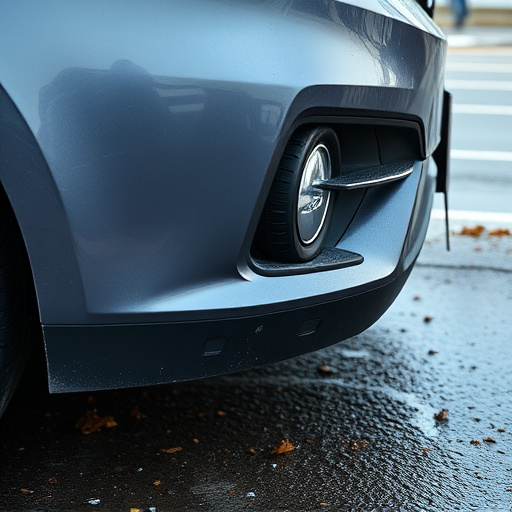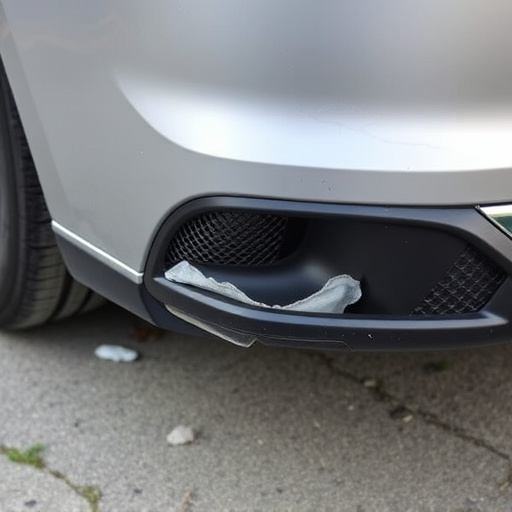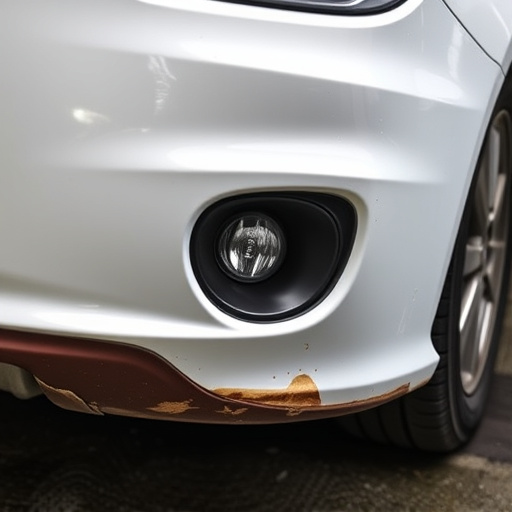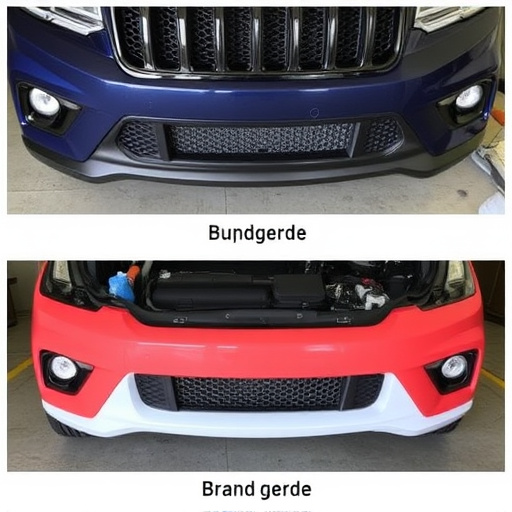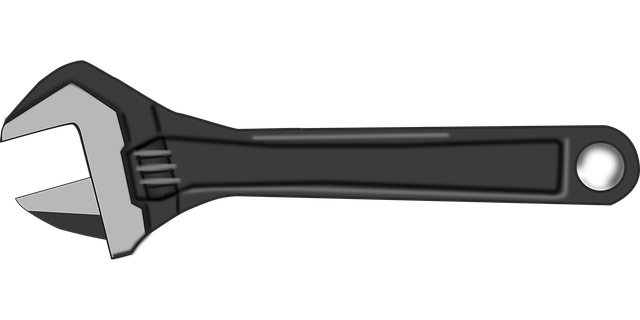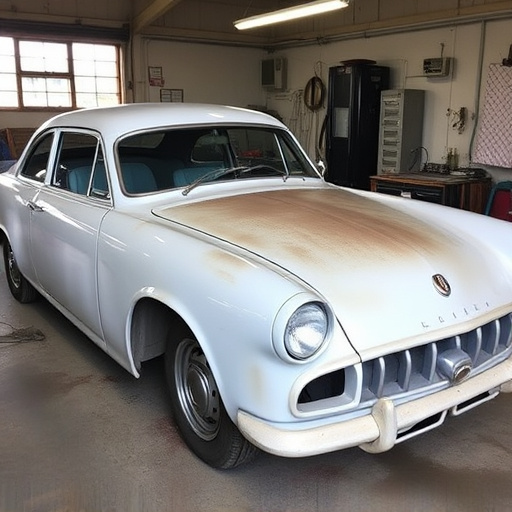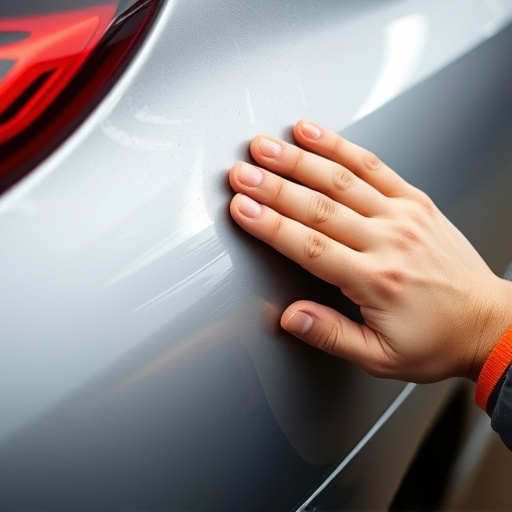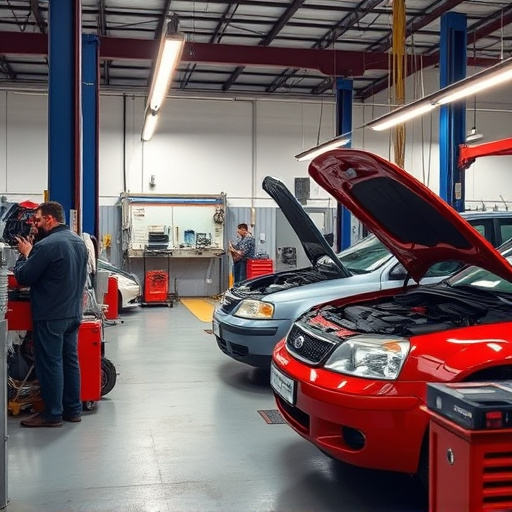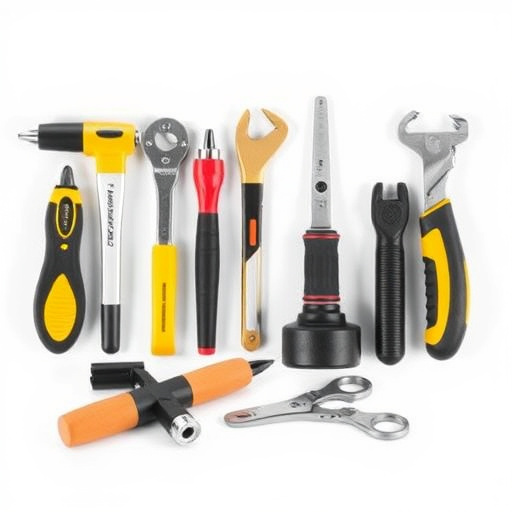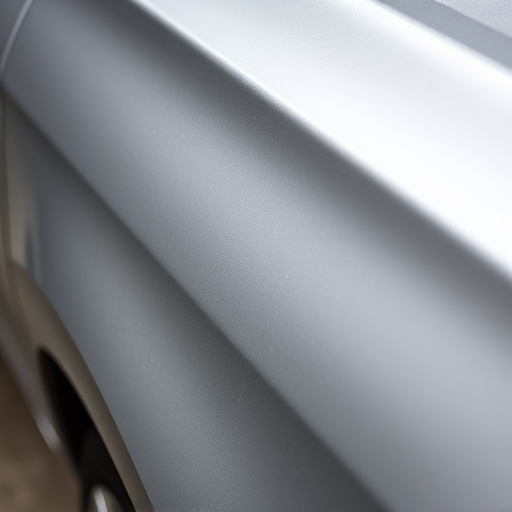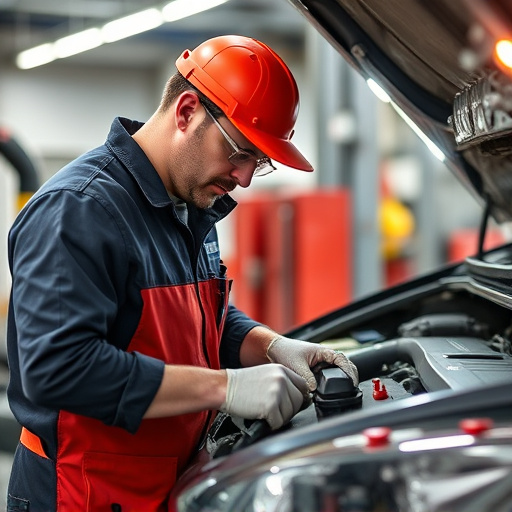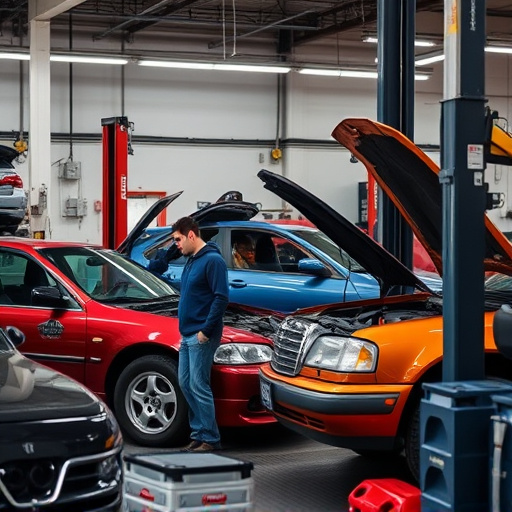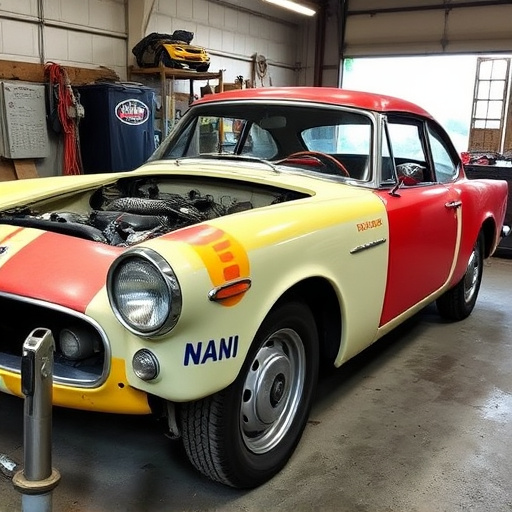Cowl panel replacement is crucial for classic car restoration, addressing weather damage, road debris, and wear. It requires immediate attention in Mercedes Benz repair to prevent structural issues. Environmental safety is paramount, emphasizing eco-friendly practices like water-based paints and low-VOC adhesives to minimize air pollution from solvents. Proper ventilation, safe disposal of waste, and technician PPE usage ensure compliance and enhance sustainability in collision repair and classic car restoration.
Cowl panel replacement is a critical maintenance task for ensuring optimal engine performance and environmental safety. This article guides you through the essential aspects of cowl panel replacement, focusing on both practical execution and environmental considerations. We explore why this process is necessary, delve into the environmental impact of traditional versus eco-friendly replacements, and provide comprehensive safety measures to follow before, during, and after installation. Stay informed with these crucial steps to achieve a successful and sustainable cowl panel replacement.
- Understanding Cowl Panel Replacement: A Necessary Maintenance Task
- Environmental Considerations in Cowl Panel Replacement
- Ensuring Safety and Compliance During and After the Replacement Process
Understanding Cowl Panel Replacement: A Necessary Maintenance Task

Cowl panel replacement is a crucial aspect of vehicle maintenance, especially for classic cars like Mercedes Benz models undergoing restoration. This task involves the careful removal and replacement of the cowl panel, a component that plays a vital role in protecting sensitive vehicle systems beneath the surface. Over time, these panels can become damaged due to various factors such as weather exposure, road debris, or simply normal wear and tear.
In the context of Mercedes Benz repair and classic car restoration, prompt action on cowl panel replacement is essential. Ignoring damage can lead to more severe issues affecting vehicle bodywork and its underlying components. A well-executed cowl panel replacement not only restores the car’s aesthetic appeal but also ensures that the vehicle’s structural integrity remains intact, making it a key consideration in any comprehensive vehicle maintenance routine.
Environmental Considerations in Cowl Panel Replacement
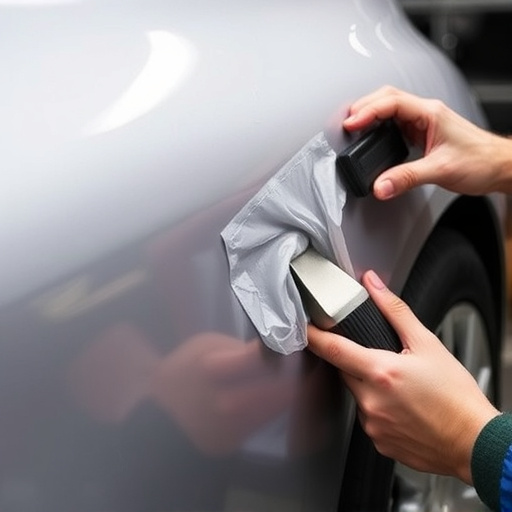
When carrying out cowl panel replacement, environmental safety should be a top priority for any collision repair center or vehicle restoration specialist. The process involves working with various materials and solvents that can have detrimental effects on the environment if not handled properly. For instance, many traditional automotive paints and adhesives contain volatile organic compounds (VOCs) that contribute to air pollution when released into the atmosphere during application or removal.
To ensure compliance, modern repair facilities utilize eco-friendly alternatives like water-based paints and low-VOC adhesives. Additionally, implementing proper ventilation systems, such as local exhaust ventilation, helps capture and filter harmful fumes, reducing their impact on both workers’ health and nearby ecosystems. Responsible disposal of waste materials, including used filters, rags, and residual chemicals, is another critical aspect that contributes to a greener cowl panel replacement process, reflecting the facility’s commitment to sustainability in vehicle bodywork repairs.
Ensuring Safety and Compliance During and After the Replacement Process
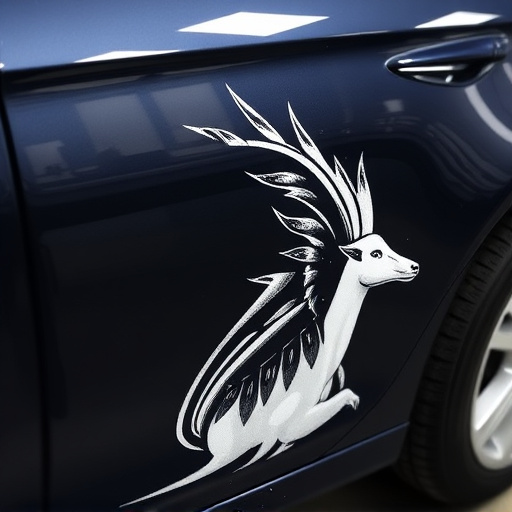
During the cowl panel replacement process, safety and environmental compliance are paramount. It’s crucial to adhere to best practices and industry standards to prevent any potential hazards or damage to the surrounding environment. This includes using personal protective equipment (PPE) such as gloves, masks, and eye protection for all technicians involved. Proper disposal of old panels and associated waste is essential; these should be handled according to local regulations, ensuring no toxic materials pollute soil or water sources.
After the replacement, a thorough inspection ensures not only the structural integrity of the vehicle but also compliance with environmental safety standards. This involves checking for proper sealing to prevent leaks and ensuring all tools and debris have been removed. Additionally, offering clients information on automotive repair services and car bodywork services that align with eco-friendly practices can enhance your reputation as a responsible auto care provider. Remember, addressing cowl panel replacements efficiently and safely contributes to a safer driving experience and a cleaner environment.
Cowl panel replacement is not just a maintenance task but a responsible step towards environmental safety. By understanding the process, considering eco-friendly options, and adhering to safety protocols, you can ensure your vehicle remains in top condition while minimizing its ecological footprint. Remember, staying informed about compliance standards contributes to a greener future for all.
